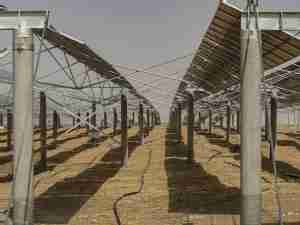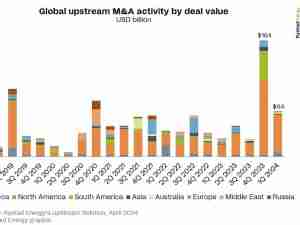The world’s largest solar company warned that stricter US import requirements for panel shipments will continue to create disruptions to the American market through next year.
Longi Green Energy Technology Co. projects between 20 to 50 gigawatts of US solar market demand in 2023, the Chinese company said in an earnings briefing Monday, according to a note by Daiwa Capital Markets. Longi indicated the wide range reflects uncertainty caused by the US import restrictions.
A massive amount of solar panels has been held at the US border under a ban targeting alleged human-rights abuses in China’s Xinjiang region that went into effect in June. The Chinese government has repeatedly denied allegations of forced labor in Xinjiang.
Under the ban, US Customs and Border Protection requires documentation from importers detailing the source of quartzite, a raw material used in the manufacture of solar panels, to prove their supply chains are free of links to Xinjiang.
No shipments from any companies halted under the new US ban have yet been cleared, Longi’s president Zhong Baoshen said on the Monday earnings call, according to a partial transcript provided by the company. However, cargoes stopped under earlier restrictions have since been released to customers, he said.
Shipping disruptions have already led to significant project delays in the US, Morgan Stanley analysts said last month.
The US Solar Energy Industries Association forecasts the country will install 15.7 gigawatts of solar energy in 2022, the lowest in three years as a result of the detention of modules.
Outside the US, solar demand remains strong, led by China and Europe. That growth has driven up the price of polysilicon, providing stellar profits for makers of the key solar material. But that earnings pace will fade as supply and demand reach a balance in the second half of 2023, Tongwei Co., the world’s largest producer of the material, said on Monday, according to Daiwa.
Profit will flow to downstream companies such as manufacturers of cells and modules, which will be in tight supply next year, while wafer producers are likely to see low prices due to abundant amounts, Tongwei said.







_-_28de80_-_58820516bd428ab3fd376933932d068c43db9a4a_lqip.jpg)

